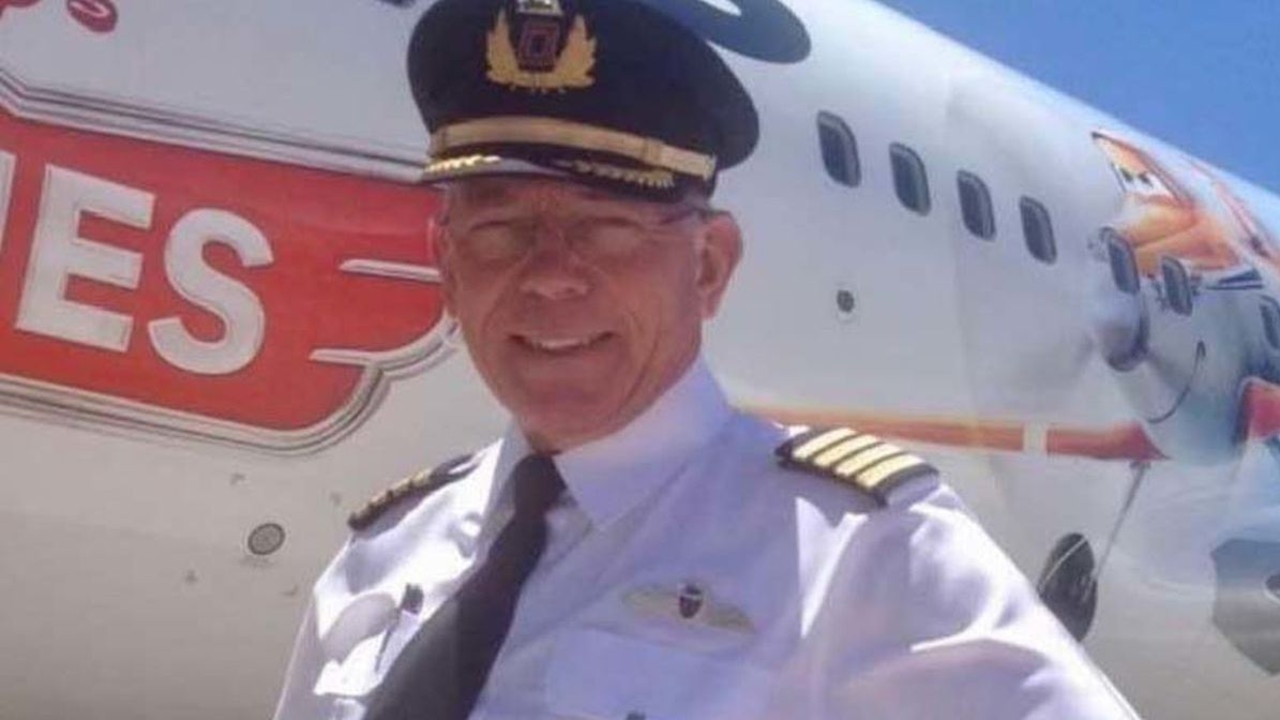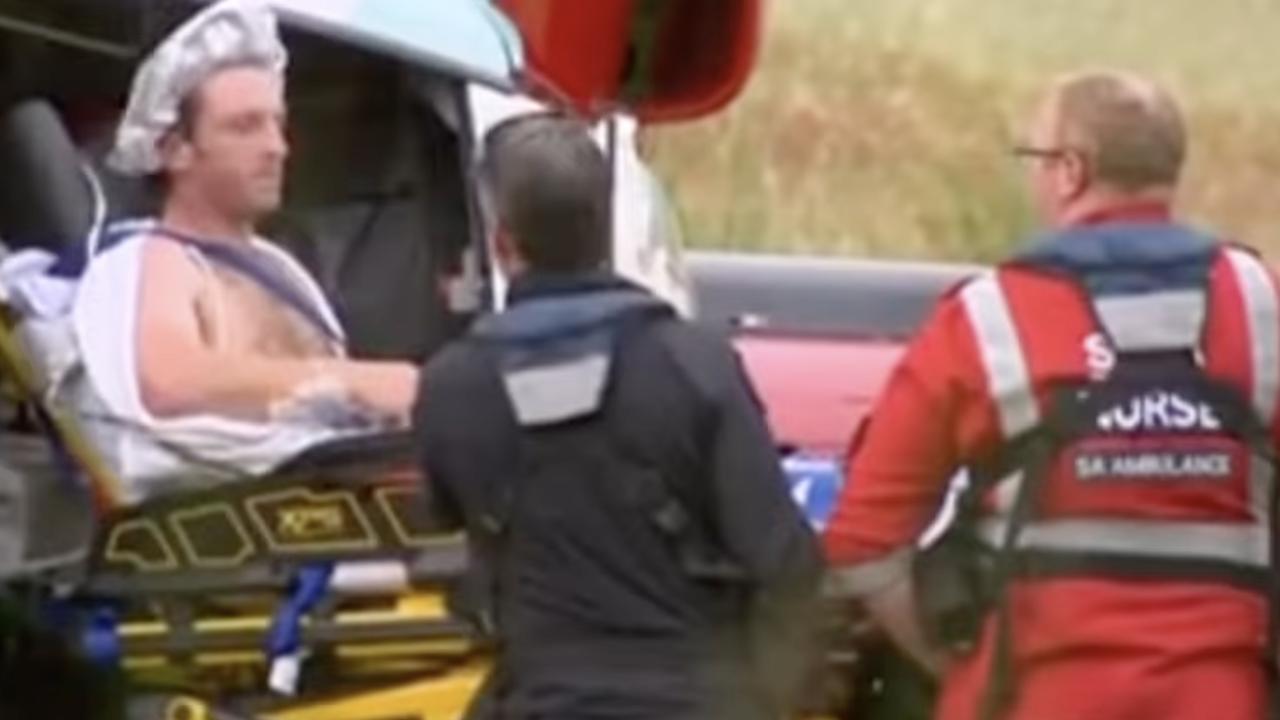Queensland man discovers new clues from doomed 1942 Qantas flight
A Brisbane man has discovered new clues from a doomed Qantas flight dating back more than 80 years, with the help of his trusty metal detector.
A Queensland man has made several incredible discoveries from a doomed Qantas flight that crashed more than 80 years in 1942.
Fred Wimmer, a father-of-three and boiler maker, was able to pinpoint the exact location of the Qantas Empire Airways De Havilland DH 86 Express using his trusty metal detector.
He was also able to unearth several personal items, including the most notable — a metal badge that belonged to the co-pilot.
The aircraft named “Sydney” went down less than 10 minutes into its journey from Archerfield Airport to Darwin via Mount Isa, on February 20, 1942.
A pilot, co-pilot and seven wartime priority passengers died when the plane crashed into a hillside after the tailfins fell off in bad weather.
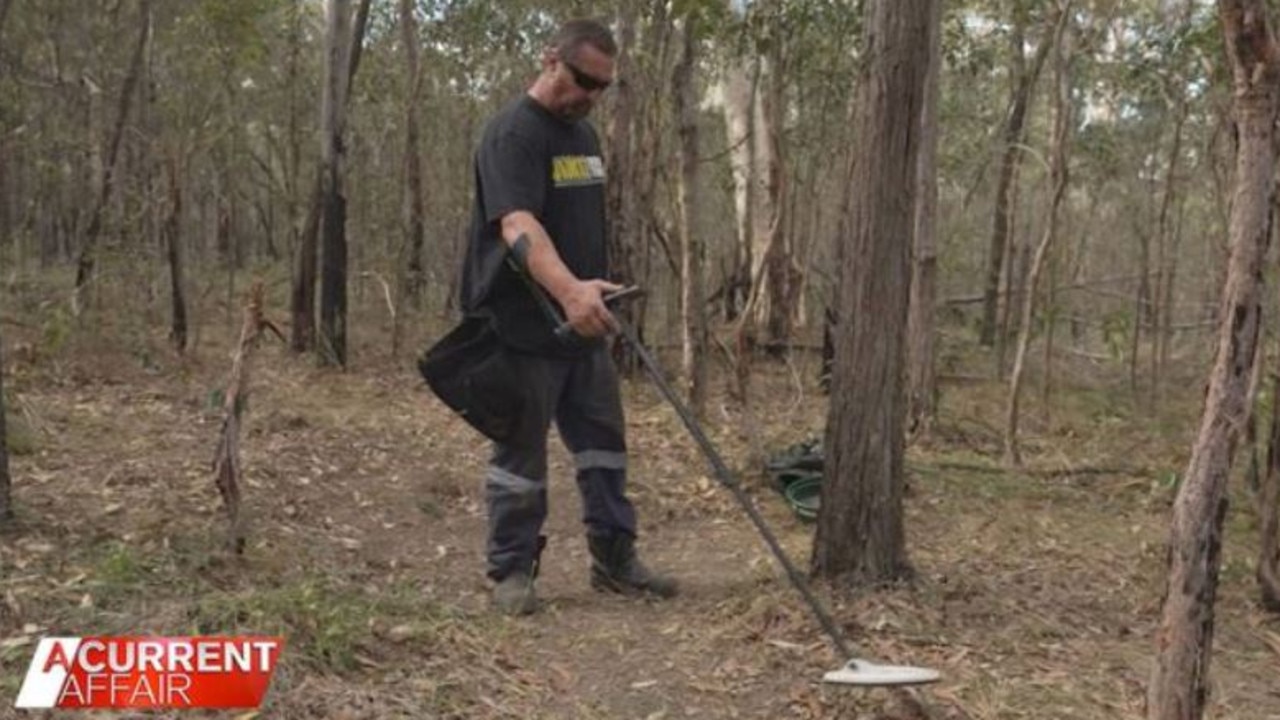
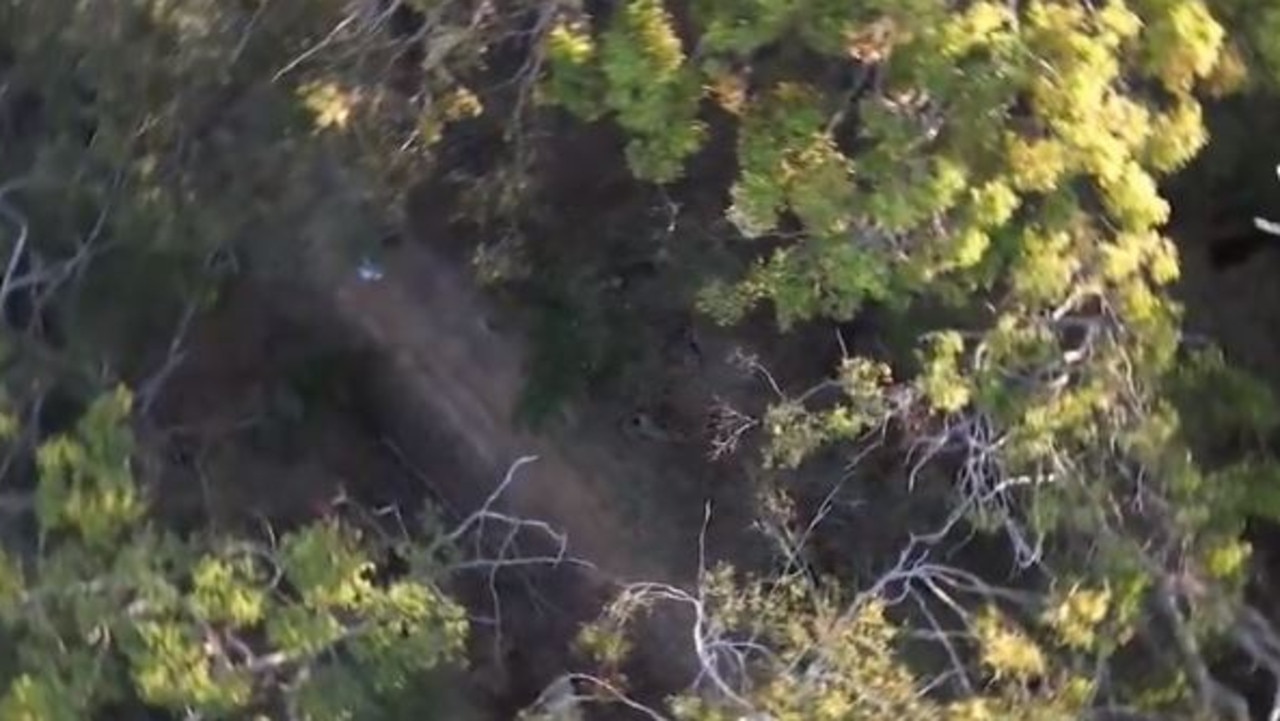
It was one of about 14 fatal crashes between 1927 and 1951 in involving Qantas aircraft, The Australian reported.
But since the jet age began in 1959, Qantas has recorded no fatalities.
When authorities arrived in the bush where the plane went down, parts of the aircraft were littered more than 20 metres from the crash site — now a koala habitat.
Other parts were reportedly embedded deep into the ground but due to the war and urban development, the crash site was eventually forgotten — until Mr Wimmer came along.
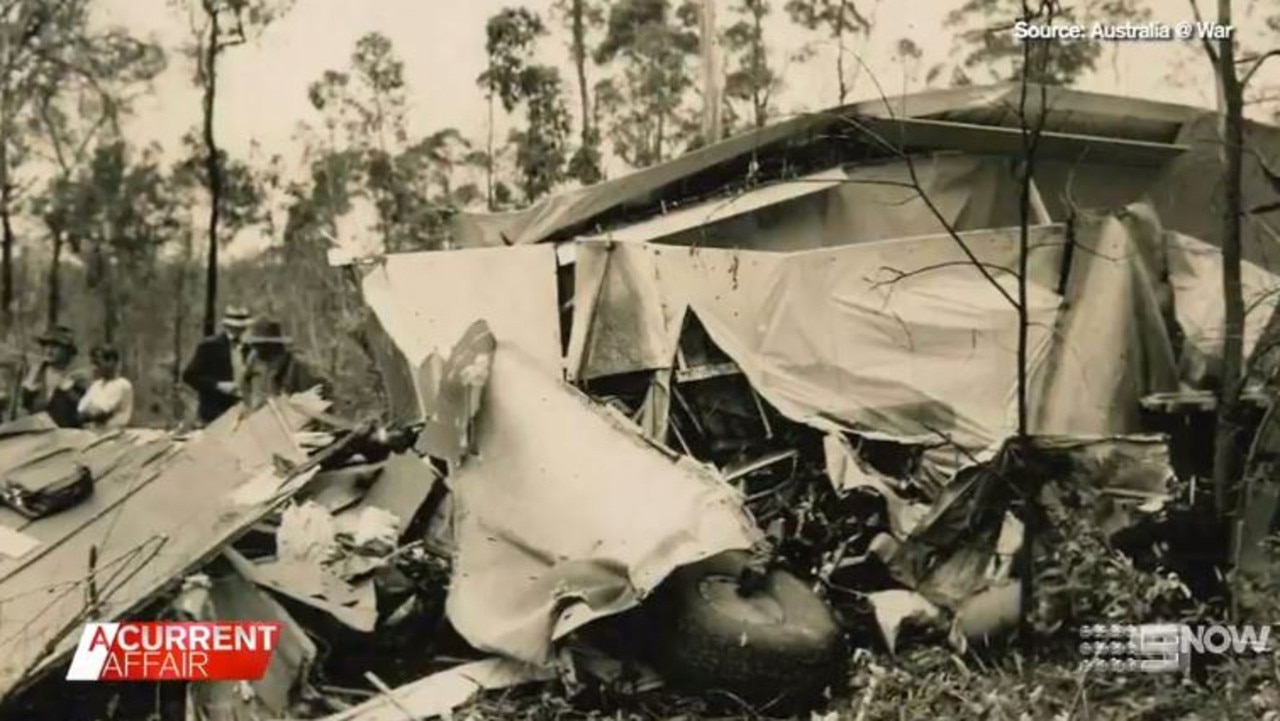
The Brisbane dad not only rediscovered the exact location of the “lost” site, he was able to unearth some incredible finds.
“I started getting heaps of ‘bips’ on the metal detector and I stepped into that crater and realised that wasn’t a natural formation,” Mr Wimmer told A Current Affair.
“I looked up the crater and there’s this long mark and I thought, ‘That’s a wing mark’.”
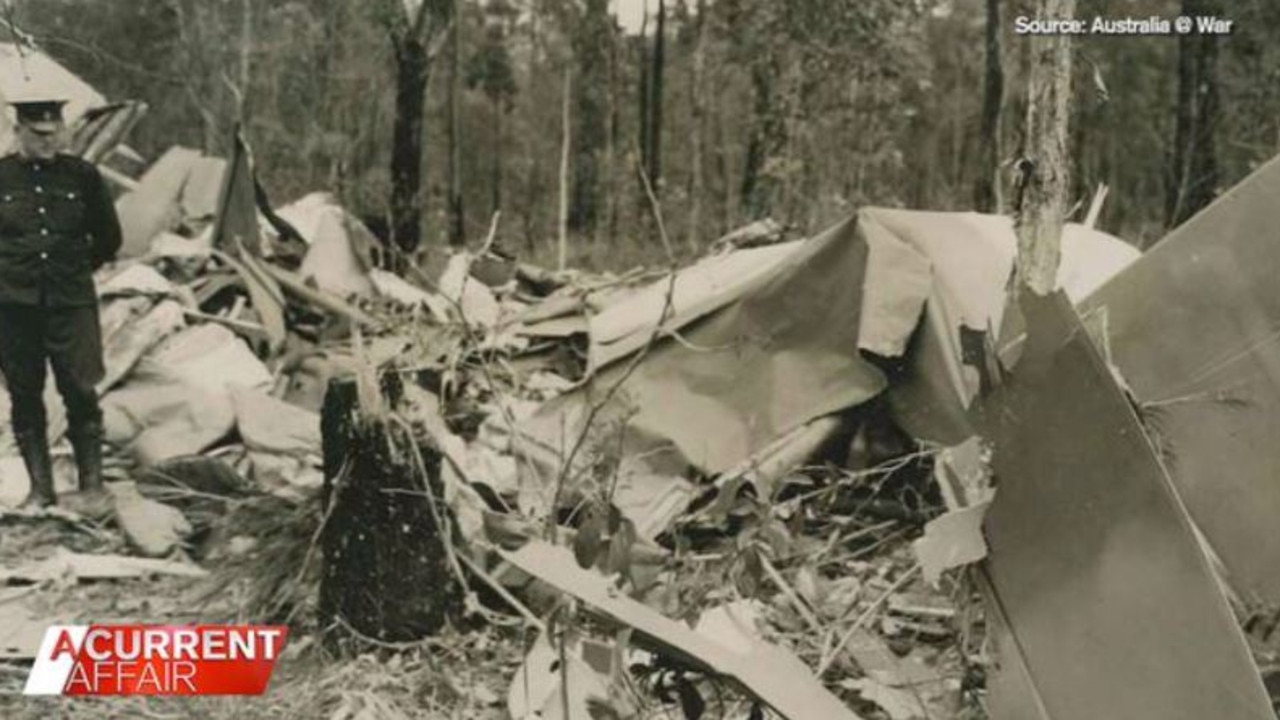
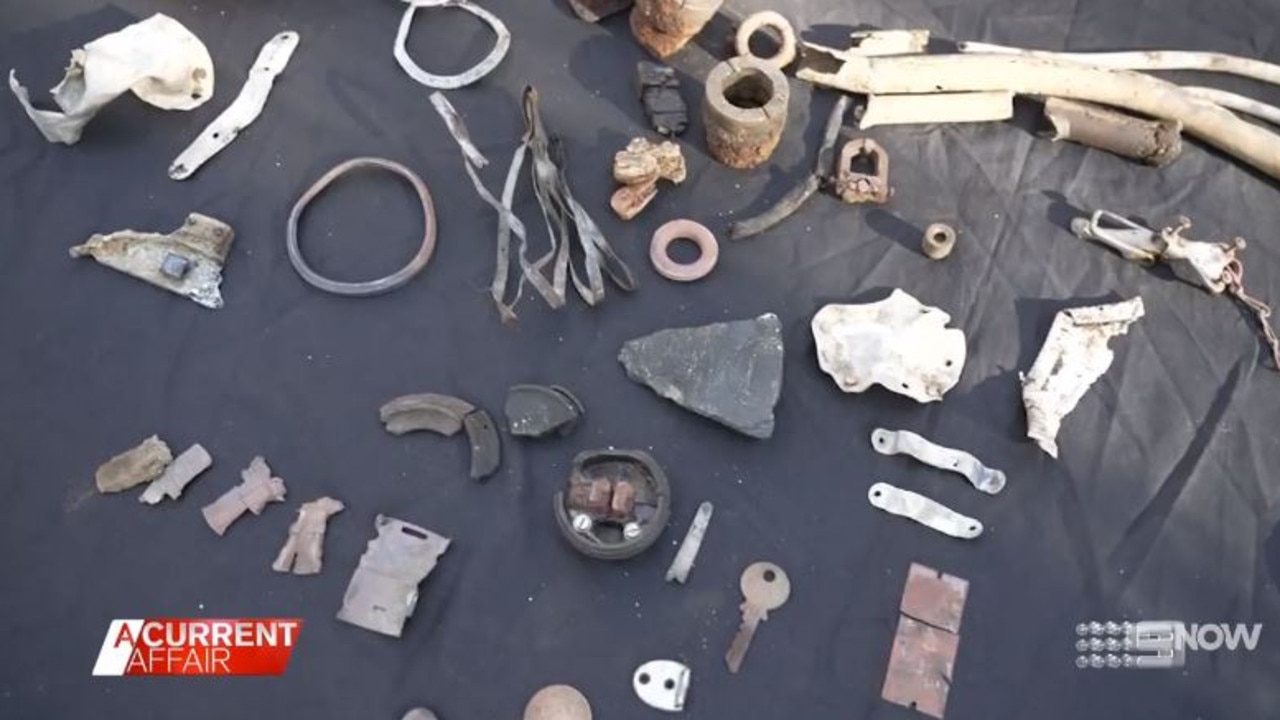
From there, he uncovered more including a seat, a wing spar and a piece of the engine.
Among the finds were also personal items such as an old key, a sixpence and a penny that was still intact.
However, one of his more incredible finds was a metal badge engraved with the name L.S. Marshal — it belonged to Lindsey Stewart Marshall, the co-pilot of the plane.
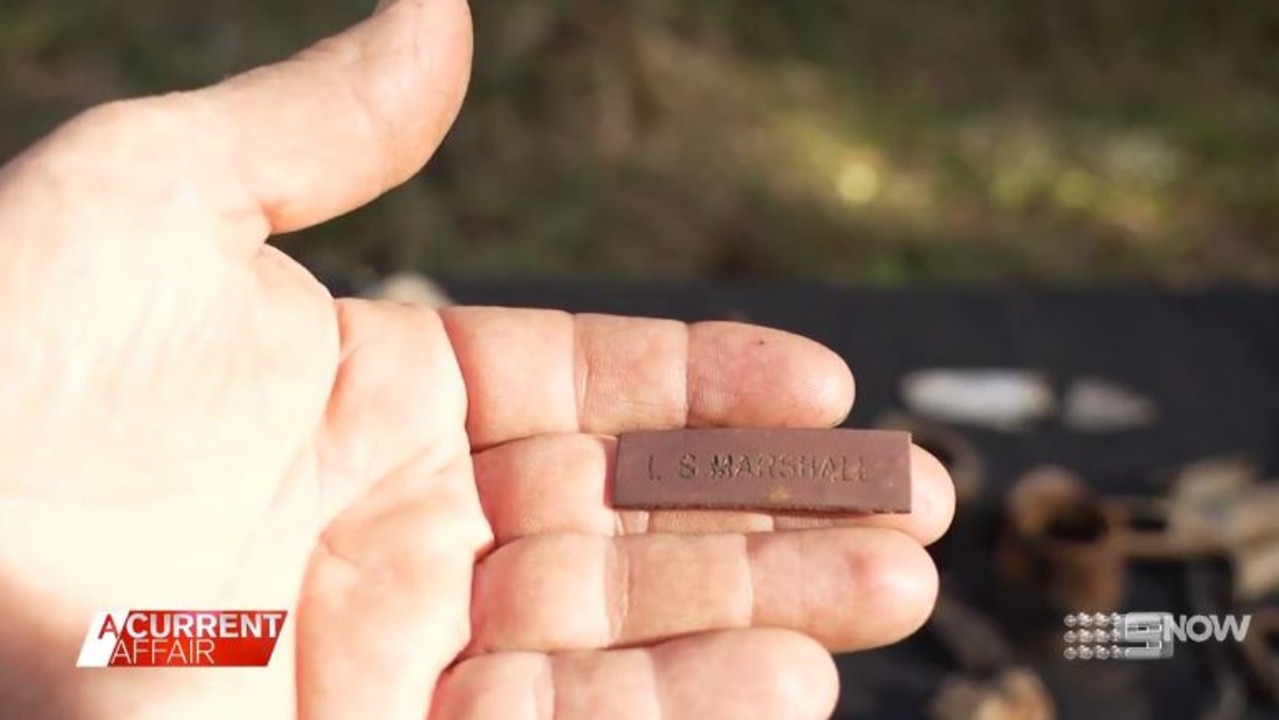
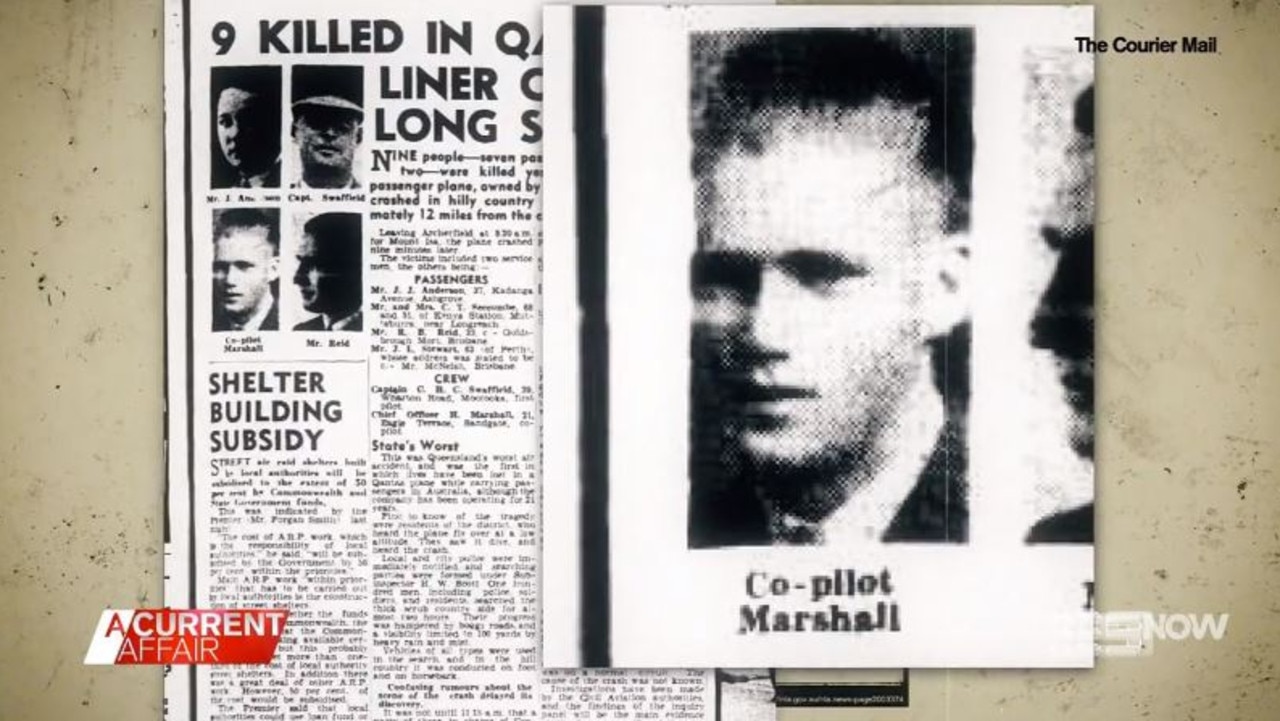
Marshall was also the second cousin of the aviation pioneer Sir Charles Kingsford Smith.
“It’s quite a significant piece of history,” Mr Wimmer told the program.
Mr Wimmer told The Australian locating the site had been something he’d contemplated for some time, and after comparing historical records with contemporary maps, he pinpointed the spot.
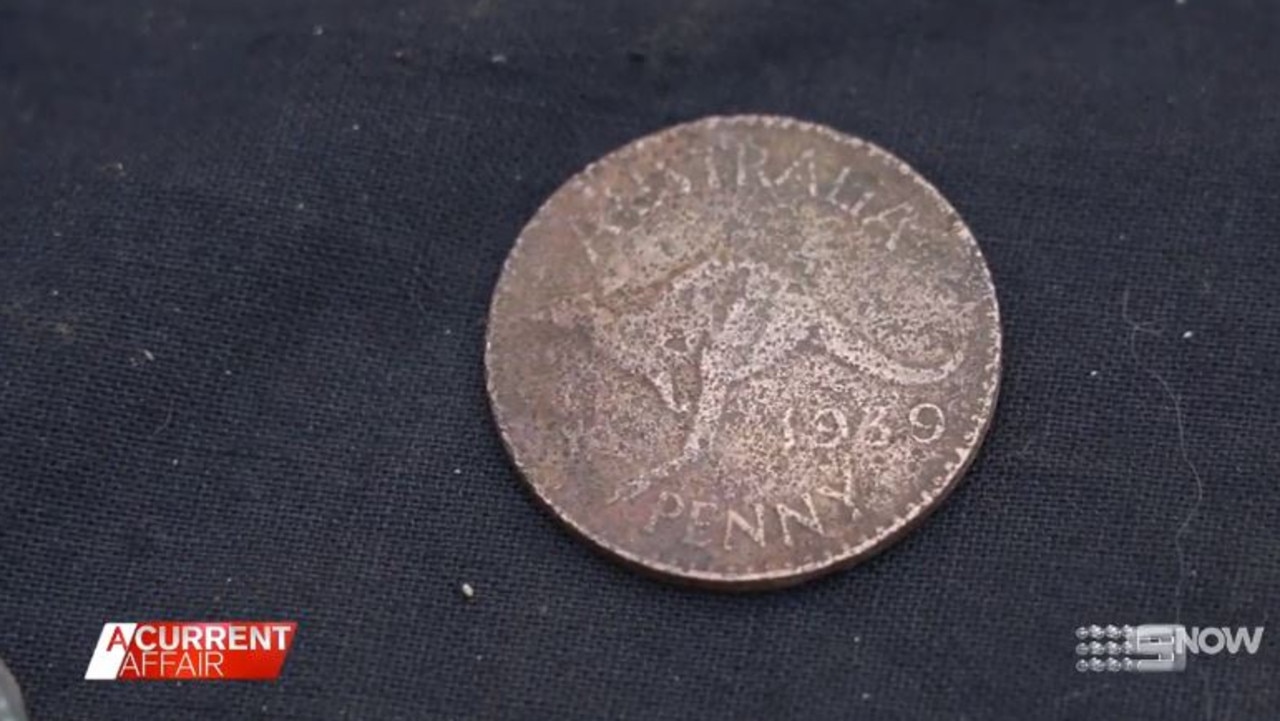
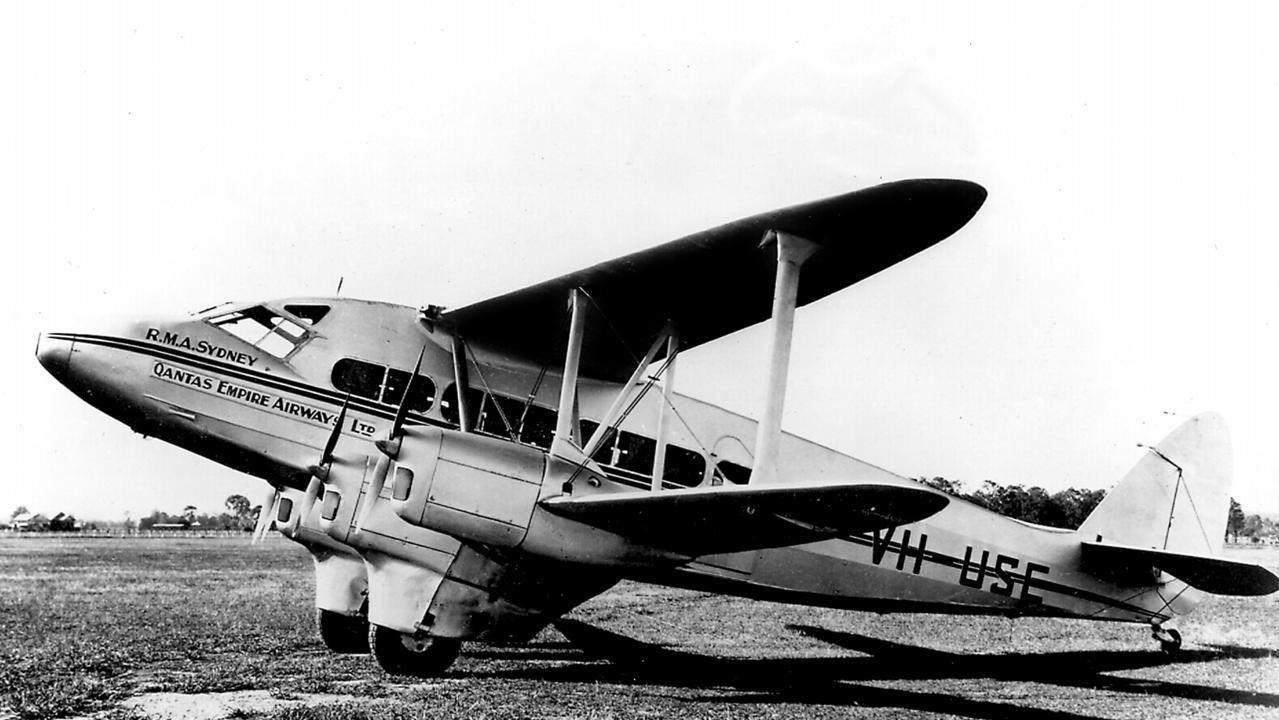
And with his metal detector and a shovel, he was able to make the new discoveries which hold huge historical significance.
“It’s a very early part of Qantas story, Qantas prides itself on being one of the safest airlines in the world and it’s had very few, if any crashes,” Aviation enthusiast Mark Pilkington told A Current Affair.
Mr Pilkington said it was reported at the time that a farmer saw the tail wing fall off the plane and that the “Achilles heel” of the aircraft’s design was that the fin post would let go of the aircraft’s main body section, causing it to fall from the sky.
“The aircraft basically crashed nose first in a very steep dive,” he said.
The crash marked the last time a De Havilland DH86 would fly for the airline.
Mr Wimmer is donating all the plane parts to the Qantas Founders Museum for everyone to see. He is also hoping to return Lindsey Stewart Marshall’s nameplate to his family.




